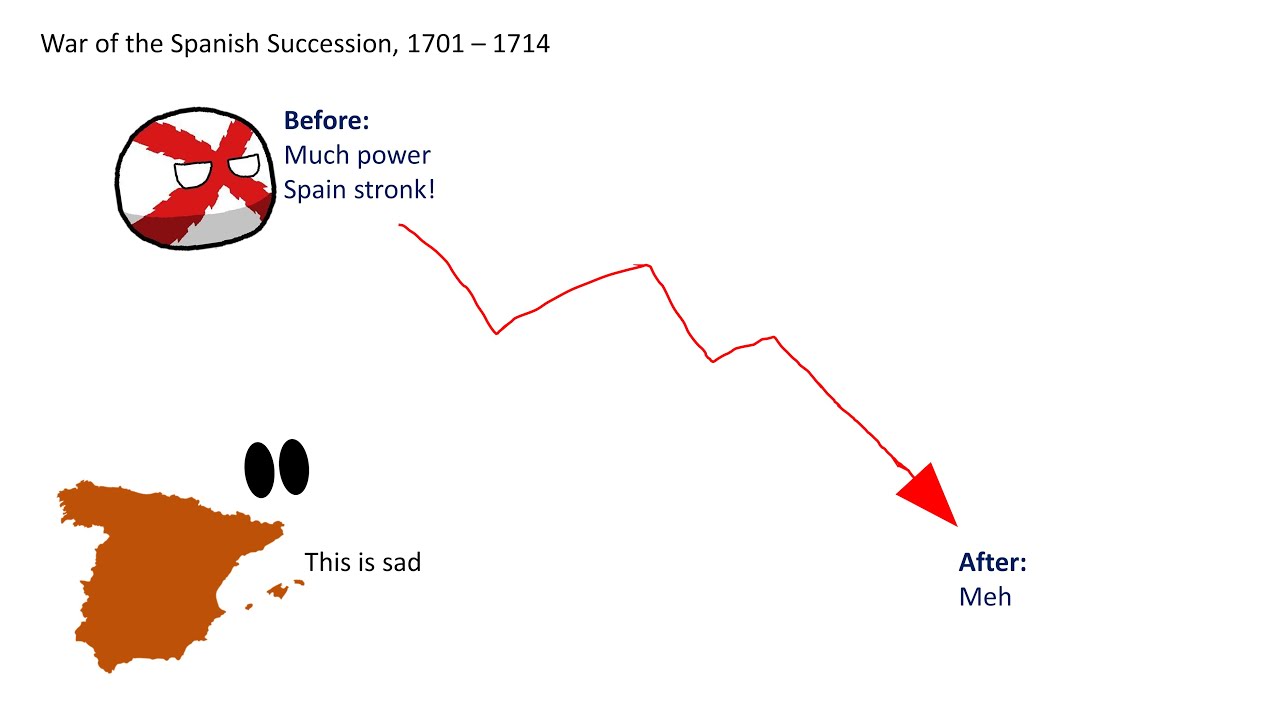The Iberian peninsula is mountainous, and its central tableland is subject to droughts, but its agricultural potential is considerable and it has mineral resources, notably iron. Spain was the first major European state to secure lands overseas and to develop a navy and merchant marine to integrate the vast resources of the New World with a base in the Old World. Yet all this wealth slipped through Spain’s fingers in a few generations. An important factor here was the immense cost of the wars of Charles V and Philip II.
Sixteenth-century Spain drew from the New World immense amounts of silver and many commodities— sugar, indigo, tobacco, cocoa, hides. But all this revenue was not enough to pay for world dominion. The bullion passed through Spanish hands into those of bankers and merchants in other European countries, partly to pay for the Spanish armies and navies and partly to pay for the manufactured goods sent to the New World. These goods, which the colonies were forbidden to make for themselves, Spain could not supply from its own meager industrial production. Although a royal decree gave Spanish merchants a monopoly on trade with the Indies, as the century wore on they became mere middlemen, sending to the Indies items imported from the rest of Europe. Thus Spain’s governmental expenditures primed foreign economies, and by 1600 Spain’s home industry was declining.
Sixteenth-century Spain was certainly moving toward the economic policy called mercantilism (referring not to individual merchants but to the “mercantile” or commercial system). Although Spain lacked the true mercantilist passion for building national wealth under government auspices, it used many mercantilist techniques: close regulation in general, and narrow channeling of colonial trade in particular. In Castile a single institution, the Casa de Contratacidn (House of Trade) in Seville, controlled every transaction with the Indies and licensed every export and import. The paperwork was staggering, slowing the flow of trade and encouraging smuggling to avoid frustrating delays and high taxes.
The vast riches of the New World were not an unmixed blessing. Competition for gold and silver bullion increased the probability of war with other European powers. The flow of bullion in unprecedented quantity may well have stimulated a rate of inflation that Philip’s sluggish bureaucracy could not control. Certainly inflation was a persistent problem throughout the sixteenth century, and unabated inflation usually revolutionizes economic life. Castilian prices more than doubled in the first half of the century in sharp spurts, and doubled again in a steady rise in the second half of the century; such a rate of increase was unheard of before then.
Sometime between 1600 and 1620 Spain moved from an expansionist to a stagnant economy. Furthermore, climatic changes severely affected Spain during the sixteenth century. While neither the New World nor the policies of Philip could be blamed for the vagaries of nature, the inability to adjust to the change from a dry and sunny climate at the beginning of the century to a cycle of wet, cold years marked by exceptionally harsh winters reflected the conservative nature of Spanish agriculture.
In any case, the story of Spanish inflation is more complicated and not yet fully understood. The crucial precious metal from the New World was not gold, but silver, which became more plentiful than gold in the 1530s. The actual movement of the silver cannot be fully known; much of it apparently went to buy Asian luxury goods, and most of it may not have entered the Spanish monetary system. Any direct relationship between the influx of silver and the movement of prices is impossible to demonstrate. What can be said is that the New World Trade, and the conventional belief at the time that bullion was the best form of wealth, no doubt did attract men (and some women) of enterprise who saw the silver of the New World as a windfall by which they might change their individual fortunes.
Still, it was Philip’s imperial wars that brought Spain nearer to destruction. The cost of the lost armada alone was 10 million ducats; the war in the Netherlands was eating up another 2 million ducats annually, while 3 million were sent as subsidies to French Catholic leaders. In 1589 the Cortes voted a new, expedient tax, the millones, which brought in 8 million ducats over a decade. Even before this, it is estimated that peasant farmers in Castile were surrendering half their income in taxes, tithes, and feudal dues.
Yet all this income was still insufficient. Philip II had to borrow heavily, quadrupling the public debt. Eventually debt interest absorbed at least half the Crown’s income, so that funds were not sufficient to meet military needs, thus leading to a vicious circle of more borrowings. Furthermore, the outlay of public money did not remain in Spain, for the wages of those in military service were spent where the soldiers were: in Italy, France, or the Netherlands. By the 1590s Spain was in the midst of an acute crisis, made worse by a series of harvest failures across all of western Europe. In 1598-1599 the great plague struck an undernourished population, killing perhaps 600,000 in Castile alone; in some areas half the population died.
Still Philip had not retreated from his wars, for he felt that the religious issue was paramount. After 1596 Philip was often ill, and his pleasure at the auto de fe (public burning of heretics) and his anti-Semitism were unabated. Worse was to come for the Spanish economy after Philip’s death, however, for while his policies may have started the downward slide, his attention to detail, his ability to get through mountains of work, and the fact that, except for the Netherlands, he had held the empire together until his death, had prevented the general decline from becoming fully evident. When Philip IV came to the throne in 1621, it was too late to turn the tide.

